17 summer activities and your risk of getting COVID-19
Now that the summer months are here, you may be wondering if it's safe to partake in your favourite warm weather activities during the pandemic.
There are still many restrictions in place due to COVID-19, but things like worship services and camping have been given the OK by the Saskatchewan Government.
So which activities put you at a higher risk of contracting the virus? We asked Dr. Anne Huang, a former deputy medical health officer.
She said now that more businesses are open, like restaurants and retail stores, people are mixing more.
"Inadvertently, people who come into contact with you are now in contact with more people and that's how the risk goes up," said Huang.
Indoor gatherings are limited to 30 people, except in certain cases like worship services.
'How likely am I to get infected?'
Overall, Huang said how and where we engage in certain activities has more bearing on the exposure and infection risk than the activities themselves.
The risk of any activity can be lowered with safety measures like physical distancing, face masks, enhanced hand washing and cleaning, and keeping crowds small.
Outdoor activities are safer than indoor ones. Walking down the street in Regina is inherently safer than in Toronto because you will most likely see fewer people and the case numbers are lower in Saskatchewan.
The risk goes up when there are new infections in the province. If not detected, this will lead to community transmission.
Huang said the key question to ask yourself is, "How likely am I to get infected?" That risk goes up with the amount of time you spend somewhere and the number of people you are exposed to.
As we increase our contacts and the frequency of exposures, the opportunities for undetected spread of COVID-19 goes up. Huang said that is why many doctors fear there will be a second wave.
However, she said people in the province have been following the province's guidelines pretty closely. She credits that as a reason the COVID-19 numbers in Saskatchewan have remained fairly low.
High-risk activities

Huang said any indoor celebrations would be considered high-risk. This includes worship services, which are now allowed in Saskatchewan as long as they are restricted to a maximum of 150 people or 30 per cent of the building's capacity, whichever is lower.
If there is someone in the group with undiagnosed or asymptomatic COVID-19, Huang said the virus can still spread fairly easily regardless of physical distance, because of the time spent together breathing the same air.
"In indoor gatherings, the longer you spend with more people the risk goes up," said Huang. "These are likely going to be scenarios that will aid future transmission where we will get outbreaks from these events.
"I'm actually quite worried about that."
Huang said singing, which some groups do during worship services, has also been shown to be high-risk, because the virus is spread through small respiratory droplets.
She said new science has also found that COVID-19 can be spread through tiny droplets called aerosols while talking, singing, crying and breathing heavily. She said those germs can linger for several hours.

Huang said ride sharing and road trips fall under the high-risk category if you are travelling with people outside of your household. The risk will be lower if you keep the windows open to increase the ventilation and if everyone wears a mask. The risk is also lower if you are with people from your own household or if everyone self isolates for 14 days before the road trip. You should also be mindful of where you stop along the way.
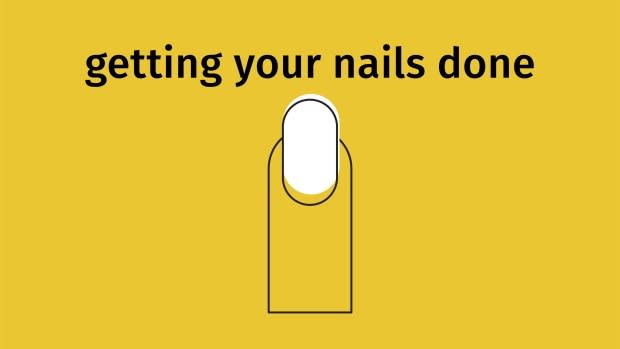
Getting your nails done or going to the hair salon can pose a high risk if someone in the building has COVID-19 because you are indoors, in close contact and breathing the same air for an extended period of time.
This was evidenced by a recent outbreak in Kingston, Ont., that started in a nail salon.
"If someone is truly infectious, even wearing a surgical mask isn't going to completely remove that," said Huang.
Huang said that if the COVID-19 case numbers are low in the province, and there are no outbreaks in your area, then taking part in generally high-risk activities won't be as dangerous. That risk level can change due to new cases or outbreaks.
Medium-risk activities

Outdoor events pose a medium risk rather than a high risk because there is better ventilation outdoors and people can more easily spread out. The risk still isn't considered low, because people usually still need to use the same indoor spaces such as bathrooms and kitchens.
If you are having a completely outdoor event, like a beach wedding where people are spread out, the risk drops down to low.
"At least one metre apart will reduce the risk," said Huang.
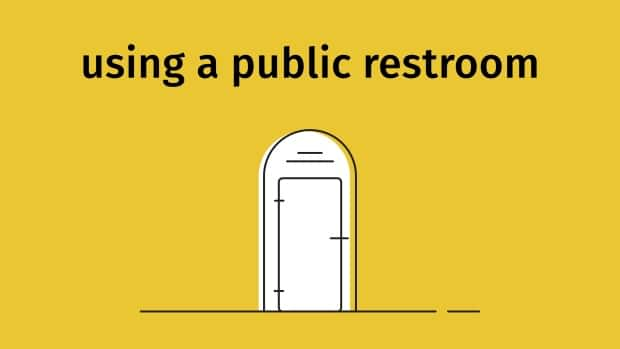
Using a public restroom falls into the medium-risk category because you can't control the cleanliness, you usually can't put the seat down when you flush (flushing can spread germs in the air) and the ventilation could be poor. Huang said the risk will also increase if you people are standing around in groups or if you are lined up.
"Sometimes when you're lining up, you end up lining up really close to each other so that's something that could inadvertently expose you," said Huang.
Huang said there is no solid evidence that COVID-19 is spread through diarrhea particles.
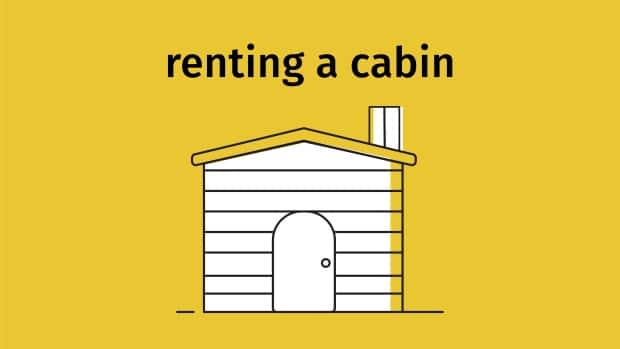
Renting a cabin is also a medium-risk activity. Huang said there a few things to consider including the size of the cabin and whether it is well ventilated. If the air conditioning is on, it is recirculating the same air and passing germs around. If the cabin is older and there is a lot of air flow in and out, the risk is lower. The risk is also lower if you are just with your close family and friends who are already part of your circle.
"The smaller the social circle of people who are going, the lower risk," said Huang.
The risk is low for hotel stays if they are ventilating the room after each guest and doing enhanced cleaning.

Backyard gatherings pose a medium risk. Barbecues have led to outbreaks in Saskatoon and B.C.
Huang said a risk is present because people will usually come through the house to use the bathroom or grab something. Alcohol can also increase risk because people tend to pay less attention to guidelines and interact more closely when they have been drinking.
"You end up interacting in closer distance without thinking," said Huang, "And it depends on whether people are coming inside."
Food itself isn't likely to give you the virus, but if you do share food you would have to be stringent about not sharing utensils and dishes, along with not gathering around the food.

Contact sports present a medium risk. With games like soccer, players are shoulder-to-shoulder and in each other's space.
The risk is also medium for indoor sports, even if there is no contact.
Outdoor sports without contact, like frisbee or catch, are low risk.
"Playing the same sport outdoors, the risk is lower," said Huang. "And playing non-contact sports, the risk is lower than contact sports."
Low-risk activities
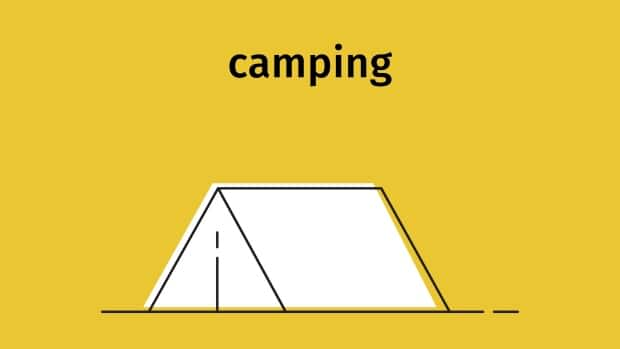
Camping is considered low-risk if you are going with your extended household and if you avoid mixing closely with other groups. Outdoor activities that most people do while camping are low-risk because air flow is good. Huang said it's important to have a back-up plan if it rains to avoid having to be in close quarters with people outside of your household.
"The risk can go up a bit if you have people coming in to your trailer ... camper or tent because it's a smaller, enclosed space with less circulation, less air flow," said Huang.
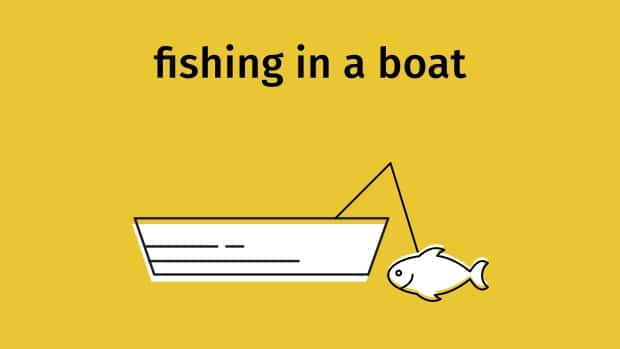
If you are fishing in an open boat or canoe, you aren't really at risk of getting COVID-19.
"There's a super low risk, no risk, in a canoe, even if the other person might be infectious, because you are out in the open and in a canoe you are sitting far enough," said Huang, "Same thing if you are in a small boat that's completely open."
If you are in a covered boat or houseboat, the risk is higher because of the enclosed space and lack of airflow. Once again, people may have to huddle together if it rains so consider that. That would not be a problem if it is just people in your bubble.
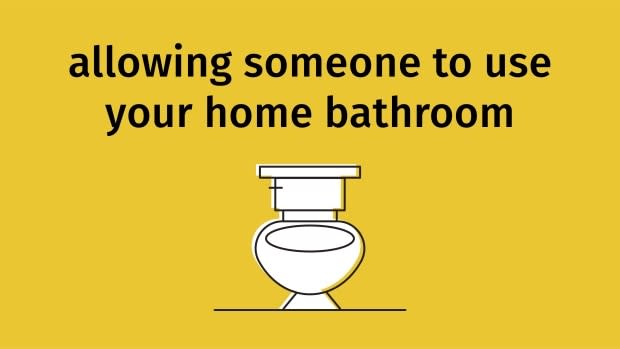
Allowing someone to use your home bathroom is fine, especially if it's just one person. Huang said it's important to make sure you are frequently cleaning the high-touch areas and turn on the fan after to let the air out.
"Of course we're talking about people who don't have symptoms and have not been diagnosed with COVID," said Huang.
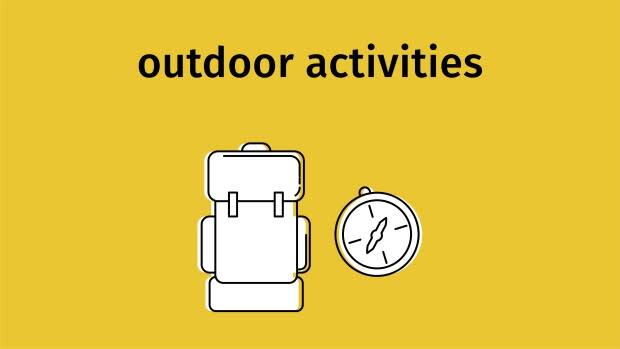
Outdoor activities like hiking, walking and cycling are low-risk because it's easy to stay at least one metre apart from others and there is open air.
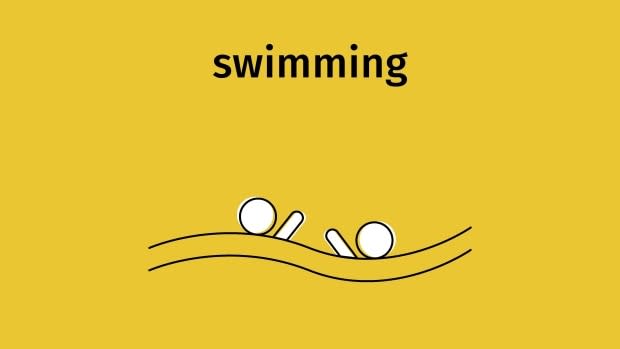
Swimming in a lake is low-risk because you should be able to easily keep your distance from others.
Outdoor pools are low-risk as well because there is good ventilation outdoors. Huang said sunlight was also recently shown to inactivate about 90 per cent of COVID-19 germs after six minutes. If only adults are swimming, they should be able to avoid talking to each other when breathing heavily, like after doing a lap.
"Personally, I would feel comfortable going to an outdoor pool that has enhanced cleaning procedures, reduces the number of people (crowd control) and people respect physical distancing," said Huang.
The risk is still low for children socializing within their circle. It goes to medium if they are playing closely with children outside of their virtual household.
For indoor pools, the risk is medium. Swimmers should once again avoid talking to each other while out of breath and swim coaches should avoid yelling as the germs can be spread that way. The risk can remain low if there is adequate air filtration and enhanced cleaning.
Huang said hotel pools should generally be avoided because they are usually housed in small rooms without much ventilation.

Lying on the beach is also low-risk if it isn't too packed. Once again, the open air lowers the risk of catching COVID-19 substantially.
"The thing you should always think about is the potential for crowds and congestion points," said Huang. "If you think about a beach where it's breezy and very few people, and you go on your own or with your group and come back, it's low-risk," said Huang. "But if there are a lot of people mixing ... then that risk does go up."

Sitting around a campfire with a small group of people is low-risk because there is open air and people can space out.
Once again, if alcohol is involved, people tend not to be as careful so that can increase your risk, Huang said.
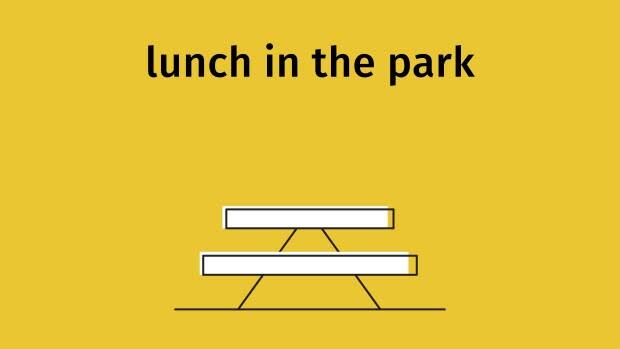
Eating outside with lots of air and space doesn't pose much of a risk but Huang said the car ride there can increase your risk if you are with people outside of your household.
Your risk will also increase if you have to use a public bathroom.
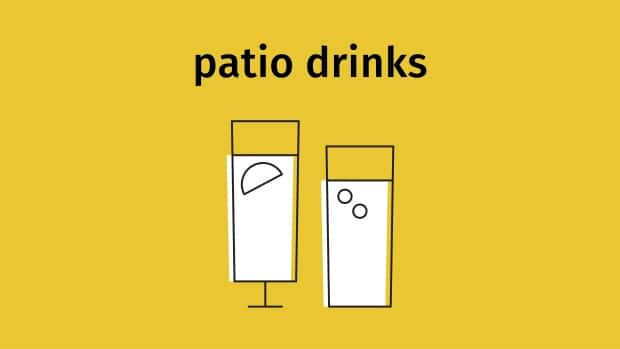
Having a drink on a restaurant patio isn't too risky because you are outdoors and restaurants have to follow strict distancing requirements. Huang said you should look for restaurants where servers are wearing masks.
"For the servers it's an occupational hazard because they're interacting with a lot more people, they could potentially be spreading it," said Huang.
Using the restaurant washroom will increase your risk and eating inside pushes your COVID-19 risk up to medium.


